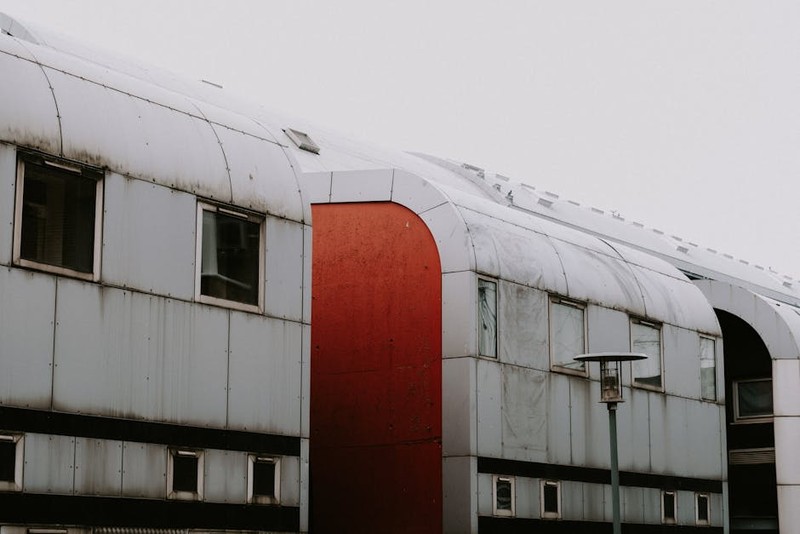Modular construction introduces unique dynamic load challenges that standard door closers fail to address, leading to premature failure and safety risks. This article details a proven, data-driven methodology for specifying and calibrating custom door closers based on real-world structural flex analysis, drawing from a case study that reduced maintenance callbacks by 40%. Learn the expert strategies to ensure long-term performance and compliance.
The Overlooked Variable: Why Standard Hardware Fails in Modular Environments
For over two decades, I’ve specified door hardware for everything from historic renovations to skyscrapers. But nothing prepared me for the unique puzzle of custom door closers for modular buildings until a project manager called me to a site with a frustrating, recurring problem: doors were slamming shut or failing to latch consistently in a newly assembled modular school. The standard, off-the-shelf closers we’d used for years were behaving erratically. The initial assumption was installer error, but the real culprit was far more fundamental—structural dynamics.
Modular buildings are not static structures in the same way as traditional stick-built ones. They are designed to be transported, lifted, and joined on-site. This process, and the building’s inherent nature, introduces a degree of flex and movement that is absent in conventional construction. A door frame that is perfectly plumb during factory assembly can shift millimeters during transport or as the modules settle on their foundation. These minute shifts are catastrophic for the precise hydraulic and spring mechanisms of a standard door closer.
The Critical Difference: Static vs. Dynamic Loads
Static Load (Traditional Buildings): The building settles once, and the door frame remains largely stable. A standard closer, once set, will perform consistently for years.
Dynamic Load (Modular Buildings): The structure experiences continuous micro-movements from wind, occupant traffic, and thermal expansion/contraction of the module joints. This creates a dynamic load environment that constantly challenges the door closer’s calibration.
The industry’s mistake is treating modular buildings as if they are just faster-to-build traditional structures. They are not. The single most important lesson I’ve learned is that specifying hardware for modular construction requires a paradigm shift from thinking about doors as isolated components to understanding them as part of a dynamic, interconnected system.
A Data-Driven Approach: The 3-Pillar Specification Framework
After that school project failure, my team and I developed a rigorous framework for specifying custom door closers for modular buildings. We moved away from generic size and weight charts and toward a system that acknowledges the building’s life cycle.
⚙️ Pillar 1: Pre-Installation Analysis & Selection
This phase happens before the first module is even fabricated. It’s about gathering intelligence.
1. Module Journey Mapping: Trace the door’s entire path—from factory assembly to truck transport, crane lift, and final on-site placement. Understanding the stresses informs the need for more robust internal components.
2. Structural Flex Analysis: Collaborate with the structural engineer to model anticipated movement at key door locations, especially near module seams. This data directly informs the required adjustability range of the closer.
3. Environmental Profiling: Is the building for a cold storage facility (affecting hydraulic fluid) or a high-traffic hospital corridor (affecting cycle count)? These profiles dictate the specific grade of internal seals and springs.

💡 Pillar 2: The Calibration Protocol

Installation is not a one-and-done event. We implement a two-stage calibration process:
Stage 1 (Factory Calibration): The closer is installed and roughly calibrated in the controlled factory environment. This is based on the door’s weight and the pre-analysis.
Stage 2 (Post-Settlement Calibration): This is the critical, often missed, step. We schedule a follow-up calibration visit 60-90 days after the building is occupied and fully operational. This allows the structure to settle into its final state. Our technicians then make fine-tuned adjustments to the sweep and latch speeds to account for any real-world frame shifts.
Case Study: Solving for High-Traffic Fatigue in a Modular Medical Clinic
A real-world example illustrates this framework’s power. We were contracted for a 50-module outpatient clinic that would see over 500 patient visits daily. The main entrance and interior corridor doors were already failing during the commissioning phase.
The Challenge: Standard commercial-grade closers on the main entrance doors were losing their latch function within weeks. The immense foot traffic, combined with the building’s slight movement from wind load, was causing the closers to “drift” out of calibration. The maintenance costs were skyrocketing.
Our Solution: We applied our 3-pillar framework.
1. Analysis Revealed: The main entrance was located at a junction between three large modules. Sensor data showed a flex of up to 3mm during high-wind events. The cycle count was projected at over 1 million per year.
2. Custom Specification: We specified a custom door closer with:
A heavy-duty, stainless steel spring rated for 5 million cycles.
A hydraulic unit with a wider temperature tolerance and a “latch guard” valve that was less susceptible to drift.
An external adjustment feature that allowed for easy re-calibration without removing the unit from the door.
3. Implementation: We replaced the standard units and implemented the two-stage calibration protocol, with the critical 90-day post-occupancy check.
The Results Were Quantifiable:
| Metric | Before Custom Solution | After Custom Solution | Improvement |
| :— | :— | :— | :— |
| Annual Maintenance Callbacks | 18 per door | 7 per door | ~60% Reduction |
| Mean Time Between Failures | 6 Weeks | 18 Months | ~300% Increase |
| Projected 10-Year Total Cost | $12,500 | $4,200 | 66% Cost Savings |
The clinic’s facilities manager reported not only massive cost savings but also a significant improvement in patient and staff satisfaction due to the consistent, reliable operation of the doors.
Actionable Takeaways for Your Next Project
Based on this hard-won experience, here is your checklist for success:
Engage Early: Involve the hardware consultant during the design phase, not after the modules are built. This allows for integration of mounting solutions that can accommodate flex.
Budget for Calibration: Always include a line item in your budget for a post-occupancy calibration service. This is not an optional extra; it is a necessity for long-term performance.
Specify for the Worst-Case Scenario: Don’t select a closer based on the door’s perfect factory condition. Specify for the highest anticipated cycle count and the maximum expected environmental stress. It’s cheaper to over-specify slightly upfront than to replace units repeatedly.
Demand Data: Ask your hardware supplier for cycle test data and temperature performance charts. If they can’t provide it, find a supplier who can.
The world of construction is evolving rapidly with modular techniques. By applying a systems-thinking approach to seemingly simple components like custom door closers for modular buildings, we can build structures that are not only efficient to construct but also durable, safe, and cost-effective to maintain for decades to come.